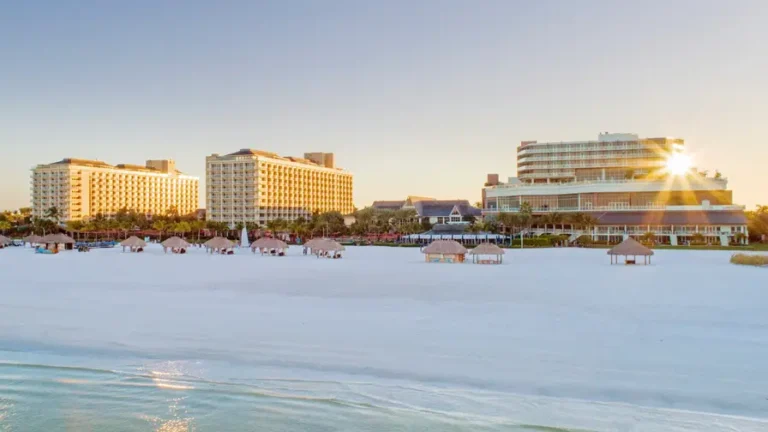By NICHOLAS MUZIA, P.E.
What comes to mind when you hear the term ‘nature-based solution’? Do you envision a stormwater pond with a thriving littoral vegetation buffer, urban trees providing shade for walkways, or a living shoreline?
Nature-based solutions (NBS) or “green solutions” can take on different forms. A true nature-based solution is a natural feature included in an engineering plan that provides a specific benefit for a community. Sometimes this can also be considered Natural Infrastructure. These types of natural solutions were forged by nature to solve problems (e.g. water quality or resiliency) and have existed for eons, long before humans arrived and disrupted the balance.

There’s a different term “Multitrophic” that is relevant to the discussion. A trophic level is the group of organisms within an ecosystem that occupy the same level in a food chain. Each level depends on the adjacent levels around it to survive. This can be compared to building a house. A strong foundation will allow a house to support a roof, and under that roof, rooms can be built with nice furnishings. Can you visualize a house without a roof? The rooms would be exposed to the elements and would therefore no longer have nice furnishings. And without a strong foundation, the house would have neither a roof nor walls.
Civilization has mastered the art of building houses to withstand serious storms, but how have we done with building ecosystems? It’s generally been the opposite when it comes to infrastructure projects.
Nature can be complex. Like the home analogy, there are many interconnected dependencies between species and their environments. Studies have shown that multitrophic richness has stronger positive effects on ecosystem services than richness in any individual trophic group. By strategically choosing solutions across multiple habitats, projects can realize synergistic ecosystem benefits.

A project worth watching is the Titusville Causeway Multi-Trophic Restoration And Living Shoreline Resiliency Action Project in Brevard County, which incorporates green and gray solutions at multiple trophic levels to create a unique interdependent set of resiliency and habitat restoration solutions that could be the model for how coastal projects should look in the future.
To restore aquatic and upland habitats and address a severely eroded shoreline that protects the Causeway’s roadway, Sea & Shoreline is installing a breakwater of Wave Attenuation Devices (WADs) to reduce wave energy on the shoreline. The reduced wave energy will support improved seagrass habitat that further reduces wave energy at the shoreline. The seagrass will then support clams that will provide water quality services. Enhanced water quality and seagrass beds will provide food, protection and habitat for fish, manatees, and other species.
Additionally, the devices will accrete sand shoreward, rebuilding the shoreline naturally. The renourished sandy shoreline will then foster a beneficial environment for horseshoe crab spawning, and serve as the foundation for a thriving shoreline of upland plants and trees that will improve shorebird nesting and enhance the local blue economy by providing expanded shoreline access and shade for thousands of residents and tourists who visit the Causeway annually to view rocket launches. As the devices are partially submerged reefs, they will create essential fish habitat. In similar projects, oysters have also naturally attached themselves to the devices, filtering millions of gallons of water daily, thereby improving water quality. These solutions together will produce a combined effect greater than the sum of their separate effects.
Conventional gray infrastructure alone is predictable. We know how it performs and that it generally doesn’t change after we construct it, however, over time, it begins to age and can eventually fail. The rapid development of Florida has led to waves of gray infrastructure construction, and now we have waves of infrastructure collapse as seen in our roadways, coastlines, sewer lines, etc. Conversely, the unique quality of natural infrastructure is that it has the potential to enhance itself over time. Natural infrastructure can build upon ecosystem services to be better tomorrow than it is today. It is a living, breathing, adaptive set of solutions.
As the threats of coastal erosion, environmental degradation, and failing infrastructure increase, we need dynamic and intelligent solutions. Combining green and gray solutions can create long-term successful projects, especially when incorporating multitrophic principles.
Nicholas Muzia is Principal Engineer & Design Build Manager for Sea & Shoreline

























